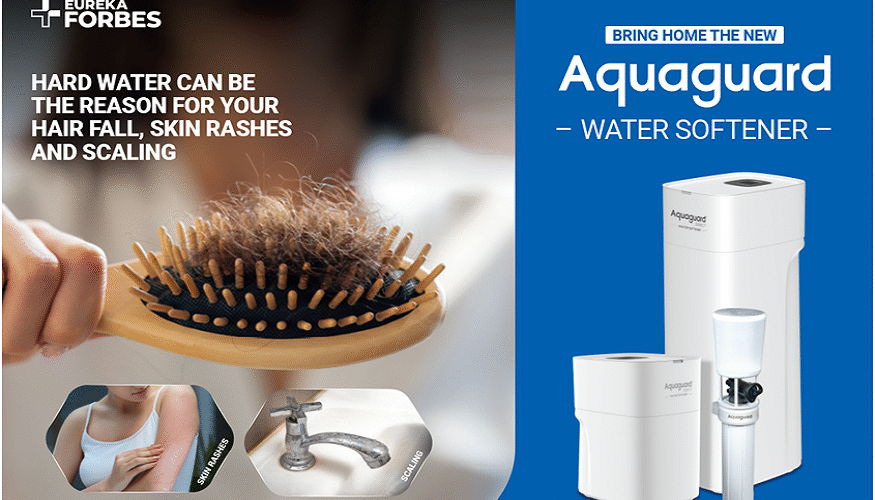Hard water is a problem that many households live with unknowingly. From dry skin to faded laundry and frequent appliance breakdowns, its effects are wide-reaching. Still, when it comes to finding a hard water to soft water converter, several myths and misconceptions make homeowners hesitant.
It’s time to cut through the confusion. If you’ve been holding back from investing in a water softener because of what you’ve heard, this blog will clear the air.
Here are five common myths about water softeners debunked.
Myth 1: “Water Softeners Make Water Salty”
This is one of the most widespread myths. Water softeners use ion-exchange technology, where calcium and magnesium (the hardness-causing minerals) are replaced with sodium ions, not salt. The amount of sodium added to the water is minimal and well within permissible drinking limits.
So, while softeners use salt for regeneration, they do not make your water taste salty. If anything, they make it feel cleaner and silkier, especially while bathing or washing clothes.
Myth 2: “Water Softeners Are Only for Big Homes”
Water softeners come in various sizes and types, catering to everything from compact flats to large villas. You don’t need a massive plant in your backyard. Many people use compact models like the Aquaguard Select AWS C-600, which is perfect for individual bathrooms or kitchens.
If you need something larger, Aquaguard offers higher-capacity units like the AWS C-1200, C-2500 DX, and C-3500 DX, each designed for different water usage needs. Whether it’s a single bathroom or the whole house, there’s a softener that fits just right.
Myth 3: “Water Softeners Waste Too Much Water”
Modern softeners are built with efficiency in mind. Features like automatic regeneration and smart salt usage minimise water wastage. Some Aquaguard models even come with IntelliMix Technology, optimising both salt and water consumption.
Compared to the long-term damage hard water does to your appliances and plumbing, the minimal water used in softener regeneration is a worthwhile trade-off.
Myth 4: “Softened Water Ruins Washing Machines”
This is a lie, and the truth is that hard water leaves mineral deposits in your washing machine, reducing its efficiency and lifespan. So, a washing machine water softener helps protect internal parts, improves detergent performance, and leaves clothes feeling softer.
Softened water ensures better cleaning, reduces detergent use, and prevents limescale buildup. That means your clothes come out cleaner, and your machine gets a longer lifespan.
Myth 5: “You Don’t Really Need a Water Softener”
This belief often stems from not recognising the signs of hard water. If you see chalky stains on taps, feel dryness after a shower, or notice dull clothing after laundry, your home likely has hard water.
A reliable water softener protects your appliances, plumbing, and skin. It’s a long-term investment that pays off through better health, hygiene, and reduced maintenance.
Conclusion
Water softeners are not luxury items, they’re now essential solutions in many households. Whether you’re looking for a washing machine water softener or a complete home system, trusted options like Aquaguard Select AWS C-600, C-1200, C-2500 DX, and C-3500 DX are engineered to meet diverse needs.
Don’t let myths stop you from enjoying the benefits of soft water. Make the smart choice—and feel the difference every day.

